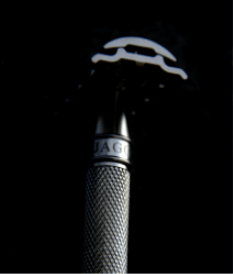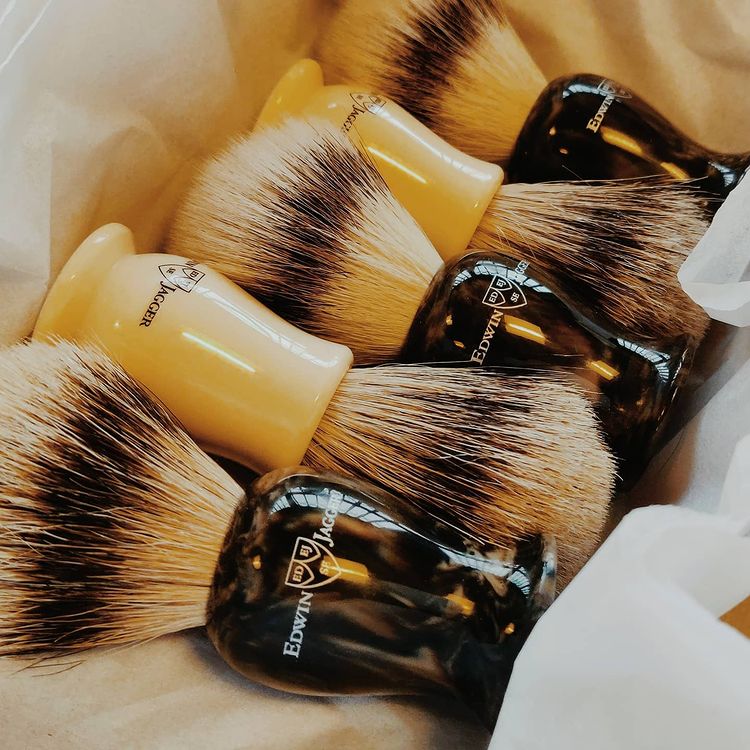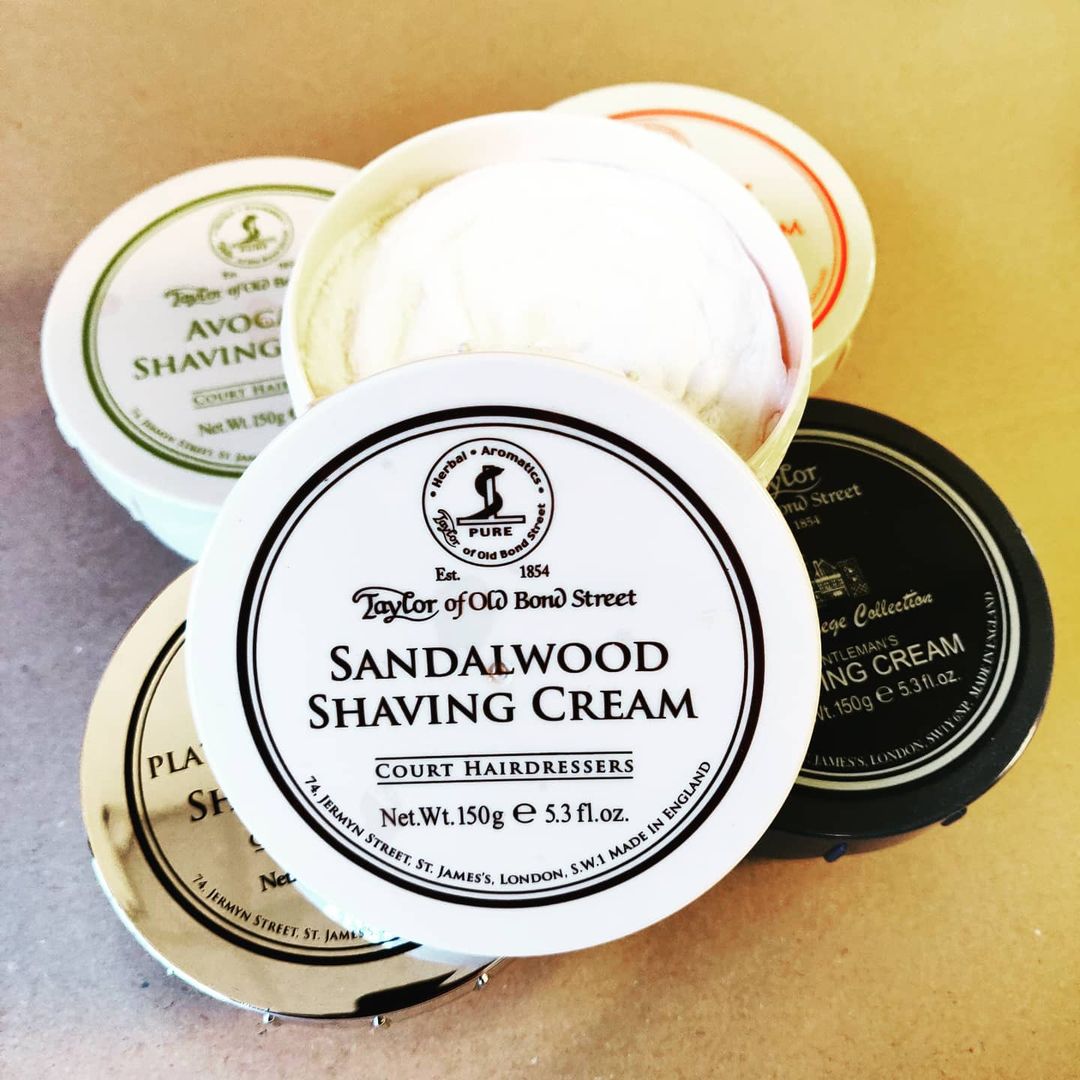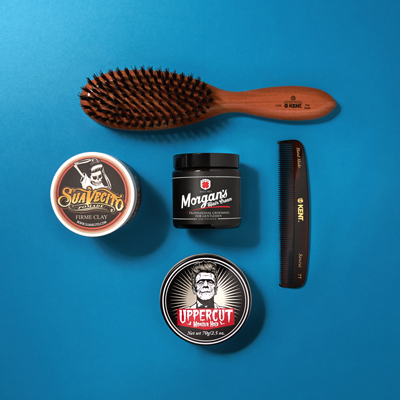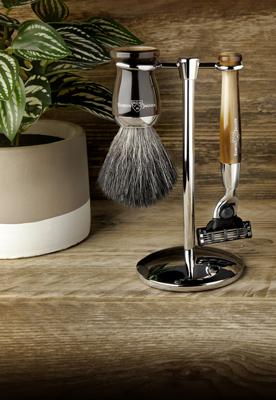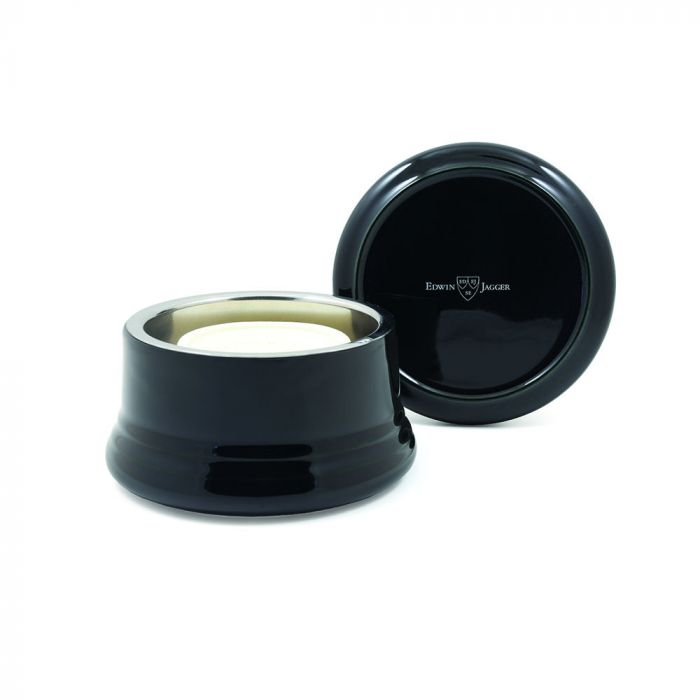What Is Wet Shaving?
The average man spends approximately 3000 hours of his life shaving - the equivalent to four entire months. With all that time spent on it, it’s worth doing right. A wet shave can make your shave more comfortable and more effective. But what is wet shaving? Here, The English Shaving Company shaving experts break down the ins and outs of wet shaving including what exactly it is, the tools you need to do it, and how to wet shave.
 Simply put, wet shaving is a method of shaving that involves water, as opposed to dry shaving which is most commonly done with an electric razor. Wet shaving tends to require a shaving brush, shaving soap, and razor to remove hair. The combined use of these products helps to keep the shave wet and increases the smoothness of final result.
If you're a woman looking to use a traditional form of wet shaving, why not read our blog safety razor shaving for women? It's got loads of helpful information.
Simply put, wet shaving is a method of shaving that involves water, as opposed to dry shaving which is most commonly done with an electric razor. Wet shaving tends to require a shaving brush, shaving soap, and razor to remove hair. The combined use of these products helps to keep the shave wet and increases the smoothness of final result.
If you're a woman looking to use a traditional form of wet shaving, why not read our blog safety razor shaving for women? It's got loads of helpful information.
 Simply put, wet shaving is a method of shaving that involves water, as opposed to dry shaving which is most commonly done with an electric razor. Wet shaving tends to require a shaving brush, shaving soap, and razor to remove hair. The combined use of these products helps to keep the shave wet and increases the smoothness of final result.
If you're a woman looking to use a traditional form of wet shaving, why not read our blog safety razor shaving for women? It's got loads of helpful information.
Simply put, wet shaving is a method of shaving that involves water, as opposed to dry shaving which is most commonly done with an electric razor. Wet shaving tends to require a shaving brush, shaving soap, and razor to remove hair. The combined use of these products helps to keep the shave wet and increases the smoothness of final result.
If you're a woman looking to use a traditional form of wet shaving, why not read our blog safety razor shaving for women? It's got loads of helpful information.
What do You Need for Wet Shaving?
The basics things you need for wet shaving are a razor, shaving soap (or cream), and a shaving brush. The variety of razor you use, the type of brush, and brand of soap is up to you. Traditionally in wet shaving, a double edge safety razor or a straight razor would be used, along with a boar or badger hair shaving brush. There are other products that can help in achieving a really close and effective wet shave. These include pre-shave soaps to prepare your skin, aftershave which disinfects and soothes, and stptic pencils or alum blocks to stem bleeding following nicks. The English Shaving Company are experts in traditional wet shaving and think that shaving should be taken seriously. The comfort of a shave and post-shave feeling shouldn’t be compromised - not when you’ll spend 3000 hours on it over the course of your lifetime! There’s a common misconception that traditional wet shaving with a DE razor, quality soap, and brush is more expensive than wet shaving with a disposable razor. However, while the initial cost can be greater, the higher quality products last longer and save you money in the long run. The cost of replacement blades for double edge safety razors are also a real boon. Read more about traditional shaving on our blog.What’s the Alternative to Wet Shaving?
While wet shaving is one of the most common ways to remove facial hair, it’s not the only method.Dry vs Wet Shaving
Dry shaving refers to any form of shaving that doesn’t involve water. It’s not recommended to try dry shaving with your normal DE or cartridge razor; without anything to provide lubrication, you’ll probably find your skin suffers more abrasion, your shave is more uncomfortable and you get more nicks. Dry shaving is most commonly done with an electric razor, which is designed for shaving without water. It’s often quicker than wet shaving, but can be less effective or cause more irritation. It depends on your skin type as to what suits you. The more you dry shave, the more your skin will get used to it. Wet shaving is the traditional method of shaving and is, therefore, a tried-and-tested, effective way to shave. If you are extremely short on time, then dry-shaving could be a good option for you, but most men find wet shaving is more effective and enjoyable.How to Wet Shave
We have a guide on getting the best close, wet shave with detailed step-by-step instructions and all the best advice to perfect your wet shaving technique. To recap the basics:- Wash your face with warm water and a soap designed for your face and skin - a pre-shave soap is ideal.
- Prepare your lather using your shaving brush and soap. A high quality brush and soap will create a rich and creamy lather.
- Apply the lather to your face using the brush in a circular motion, lifting the hairs from the skin.
- Shave with the grain (the direction of your hair). Frequently washing the cut hairs from your razor ensures your blade stays sharp and effective.
- Re-apply the lather and shave across the grain.
- If required, re-apply the lather and, finally, shave against the grain. This triple-pass method creates an extremely close and smooth result.
- Rinse off any residue.
- Apply an aftershave to disinfect, moisturise, and soothe your skin.



